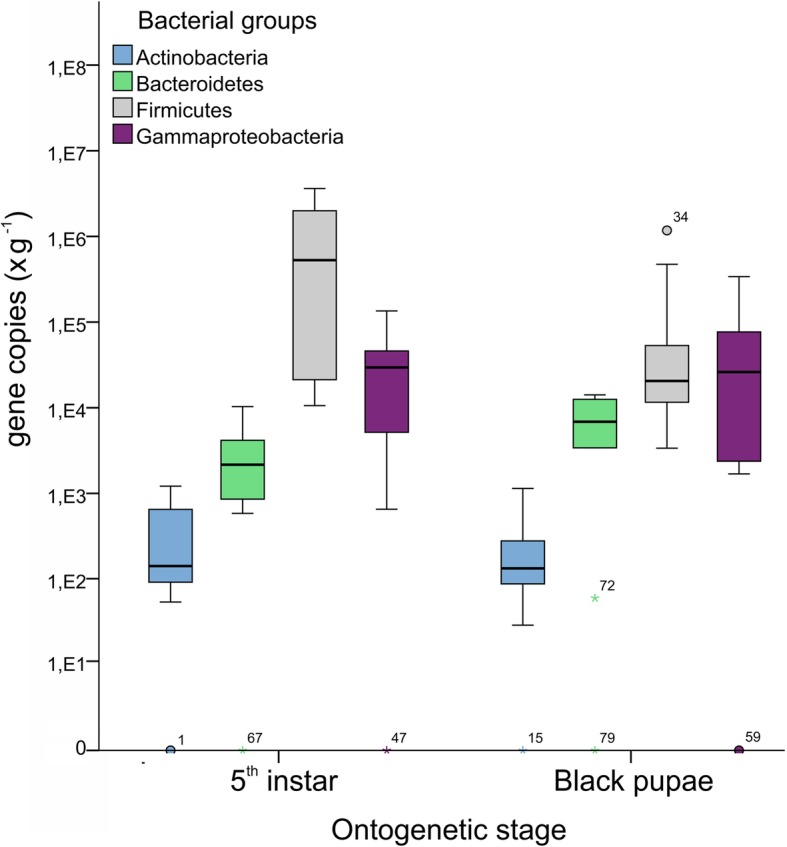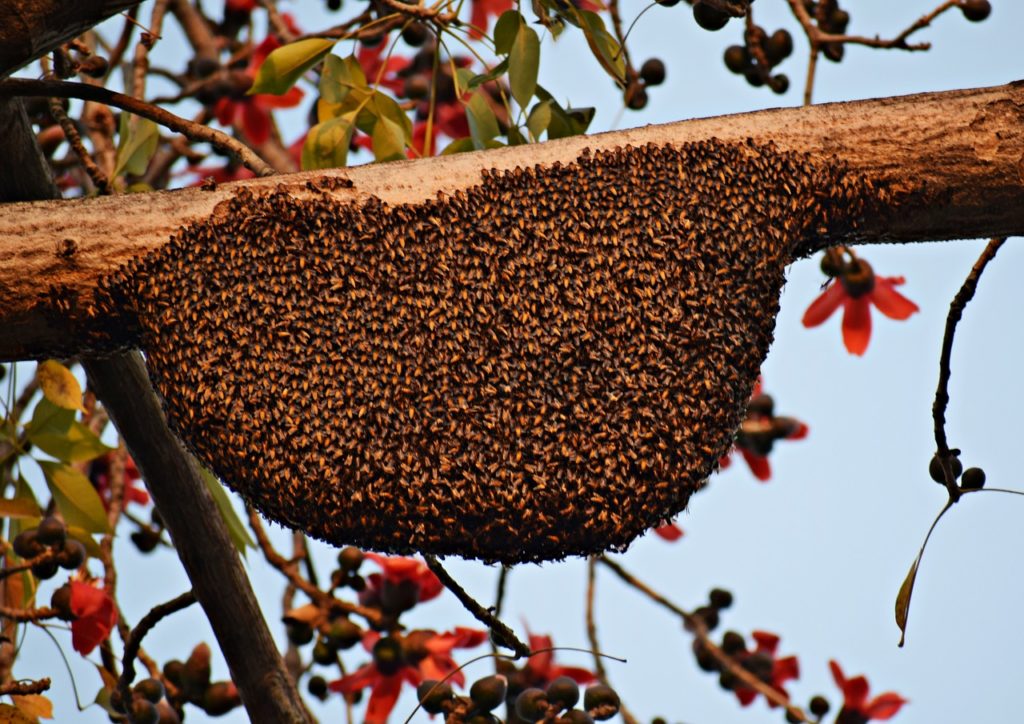An assessment of pesticide exposures and land use of honey bees in Virginia

The goal of this study was to assess the risk of pesticide exposure to honey bee colonies in different Virginia landscapes. Researchers performed chemical analysis on adult honey bee, pollen and wax samples to detect pesticide exposure. Nine of the eleven pesticides were detected. Colonies from forests had the fewest pesticide detections compared to agricultural or urban landscapes. Coumaphos and fluvalinate are among the most detected chemicals across all sample types. More research is required to understand how miticide accumulation is affecting honey bee colonies.
One of the global research trends is the attempt to limit the absorption of toxins from the gastrointestinal tract of animals using preparations consisting of probiotic lactic acid bacteria strains. A 2019 World Journal of Microbiology and Biotechnology review by Fabiszewska and colleagues describes 55% reduction in mycotoxin reported in the gastrointestinal tract of chickens receiving probiotic (El-Nezami et al. 2000) and 80% reduction in mycotoxin following fermentation of contaminated meadow plants with the participation of the bacterial inoculant (Zielińska et al. 2014). The beneficial effect of bacteria is explained by increasing the amount of enzymes in food, which facilitates digestion and chelating of mycotoxins (El-Nezami et al. 2006, Luz et al. 2018). These findings showcase the detoxification potential of beneficial microbial products and the outlook of these findings being increasingly translated to detoxification of miticide and pesticide accumulation affecting honey bee colonies
In-hive variation of the gut microbial composition of honey bee larvae and pupae from the same oviposition time
The mechanisms which adult honey bees share food via mouth parts (trophallaxis) results in a uniform microbial gut composition. Variations in hive gut composition can therefore illustrate changes in colony health. The microbial community in developing honey bee larvae varies greatly from that of an adult worker. Research findings pertaining to the gut microbial composition of honey bee larvae and pupae are inconsistent. Results from a recent study suggest that variation exists between individual larvae and pupae. Gammaproteobacteria were the most abundant in 30% of samples, while in other samples Firmicutes bacteria presented at the highest levels prior to larval defecation, then decreased by nearly half in favor of Gammaproteobacteria (Figure 2). Understanding the nuances in honey bee larvae and pupae gut communities represents an opportunity for probiotic supplementation to be used as a treatment option for destructive brood diseases.

The Inclusive Behavioral Immune System

Honey bees rely on the inclusive behavioral immune system (BIS) as a first line of defense against pathogens. Individually, honey bees are unable to fight off disease entering the hive and therefore must always act altruistically to promote their longevity and survival as a colony. Honey bees use a variety of mechanisms like thermoregulation to modulate the hive temperature outside of range suitable for pathogen proliferation. The ability for healthy individuals to identify the diseased is also a component of BIS that suggests diseased individuals emit chemical signals to deter healthy individuals from becoming compromised. This can be seen in the case of brood disease. Hive hygienic behavior is imperative to managing disease. Infected brood can be identified by workers through the cappings and be eliminated from the hive to prevent the disease from spreading. Altrustic interactions as part of the BIS in social species like honey bees therefore plays an important role in individual and group fitness.
